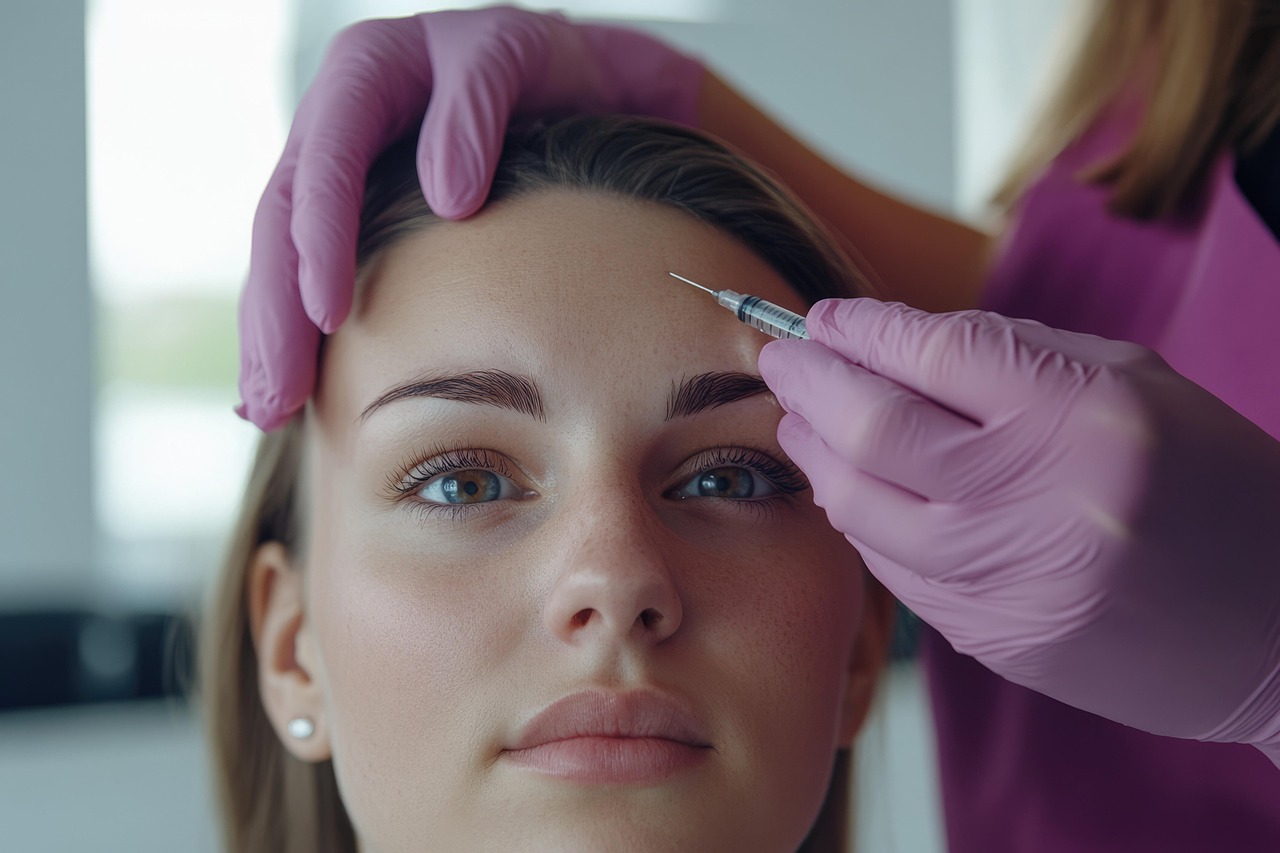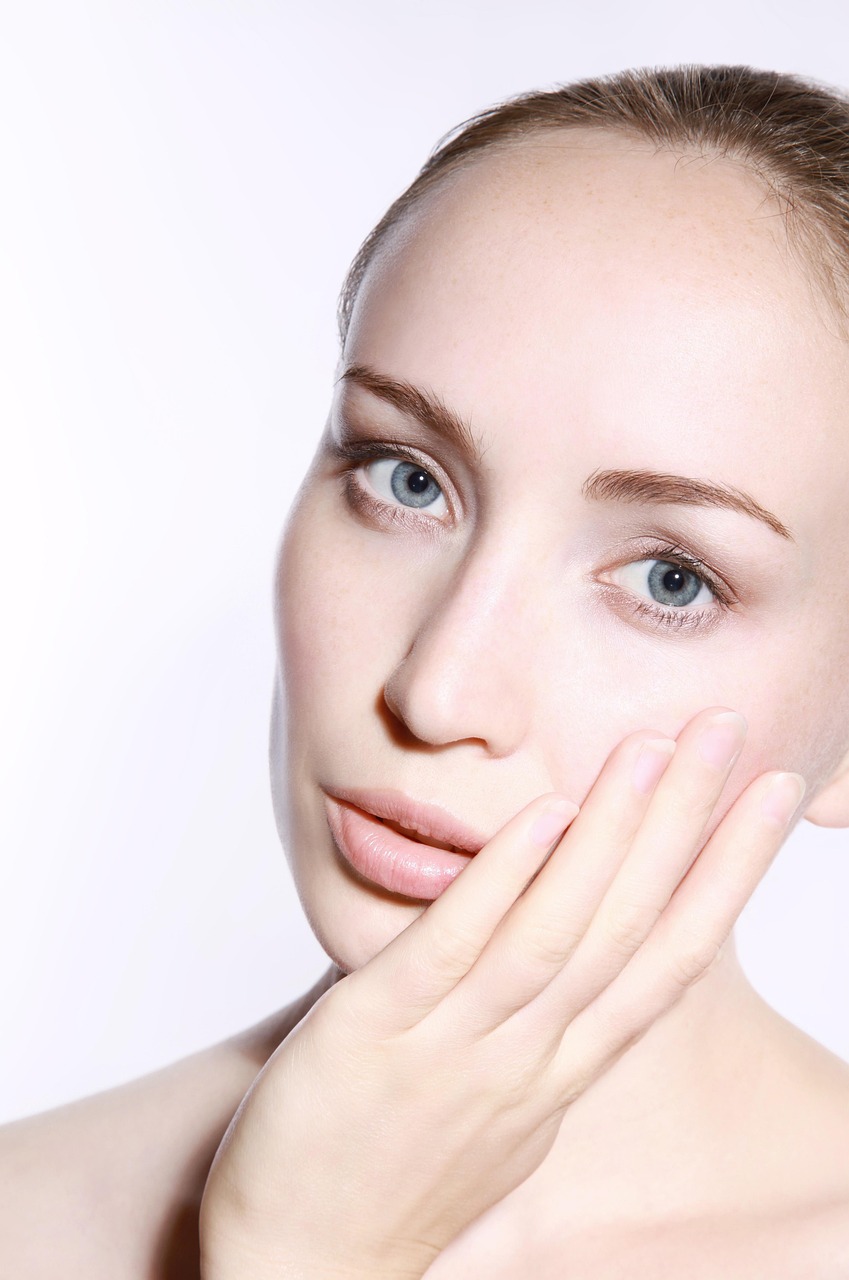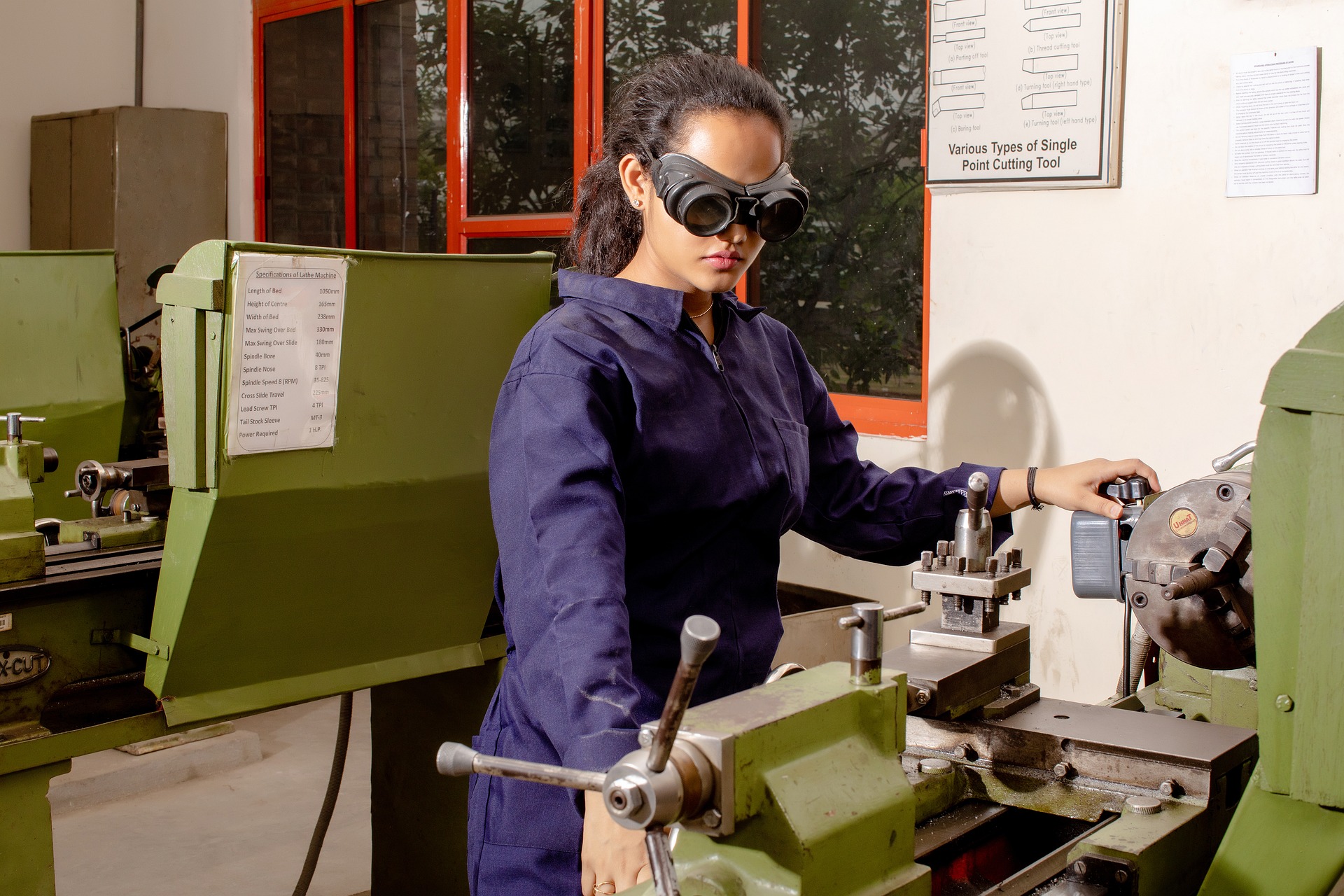A Comprehensive Guide to Botox: Beyond Wrinkles
Botox, a name almost synonymous with the pursuit of ageless beauty, has been at the forefront of cosmetic procedures for decades. This injectable drug, derived from the bacterium Clostridium botulinum, is famously known for its ability to smooth fine lines and wrinkles. However, its uses extend far beyond mere aesthetics. From treating overactive bladder to preventing chronic migraines, Botox's therapeutic applications have broadened its appeal and utility. This article delves into the multifaceted world of Botox, providing a comprehensive guide to its history, current relevance, and future potential.

The Early Beginnings: Botox’s Unconventional Roots
The story of Botox is one of unexpected discovery. In the early 19th century, a German medical officer, Justinus Kerner, first elucidated the neurotoxic properties of the bacterium Clostridium botulinum. Kerner’s research was not driven by an obsession with beauty, but by a series of fatal food poisonings caused by poorly prepared blood sausages. It was only in the 1980s that Botox’s wrinkle-smoothing potential was discovered by ophthalmologist Dr. Alan B. Scott, who was initially using it to treat crossed eyes.
The Beauty Revolution: Botox as a Cosmetic Game-Changer
Botox’s rise to cosmetic fame started in the mid-1990s, after the FDA approved it for treating eye muscle disorders. Patients noticed that their wrinkles also seemed to disappear post-treatment, sparking interest in the drug’s cosmetic potential. In 2002, Botox Cosmetic was officially approved for treating moderate to severe frown lines.
Botox’s impact on the beauty industry has been significant. By offering a less invasive and more affordable alternative to plastic surgery, Botox democratised access to cosmetic enhancements. The procedure’s quick turnaround time with minimal recovery also contributed to its popularity, leading to an increased acceptance of cosmetic procedures in society.
Beyond Beauty: Botox’s Therapeutic Potential
Despite the overwhelming association of Botox with anti-ageing, its therapeutic applications are equally compelling. For instance, it has been used successfully to treat conditions like hyperhidrosis (excessive sweating), overactive bladder, and chronic migraines. Botox’s ability to paralyse muscles has also made it an effective treatment for certain muscular disorders.
These therapeutic uses of Botox underscore its versatility and potential as a medical tool. They also challenge the stereotype of Botox as a vanity-driven, superficial treatment, highlighting its value in improving patients’ quality of life in various ways.
Assessing the Risks: The Flip Side of Botox
Like any medical procedure, Botox has its risks. Potential side effects range from mild discomfort at the injection site, to more serious complications like difficulty swallowing or speaking. There is also the risk of “Botox resistance,” where the body develops antibodies against the drug, reducing its effectiveness over time.
Despite these potential risks, Botox’s popularity remains largely undiminished. This can be attributed to its proven safety record when administered correctly, and the fact that its side effects are generally temporary and manageable.
Looking Ahead: The Future of Botox
The future of Botox looks promising, with research exploring its potential in treating a wider range of conditions. For instance, preliminary studies suggest that Botox may help with depression by inhibiting the muscles that produce a frown.
The cosmetic use of Botox is also expected to continue evolving, with innovative techniques like the “Botox lip flip” gaining popularity. This procedure involves injecting Botox into the muscles around the lips to create a fuller, more youthful appearance.
In conclusion, Botox’s journey from a deadly toxin to a versatile therapeutic and cosmetic tool is a testament to the power of scientific discovery and innovation. Despite its potential risks, the drug’s wide-ranging benefits, both aesthetic and therapeutic, make it a significant player in the realms of beauty and medicine. As research continues to uncover new uses for Botox, its future appears as dynamic and multifaceted as its past.





